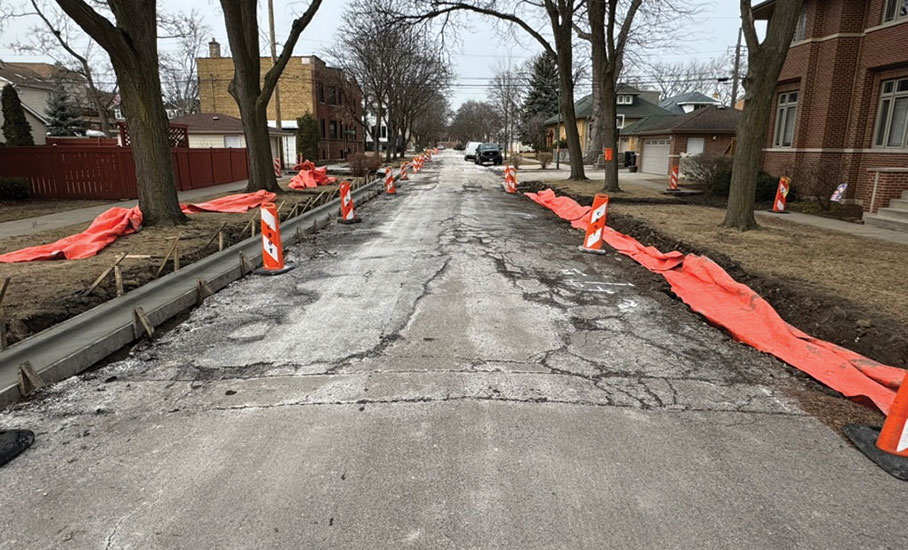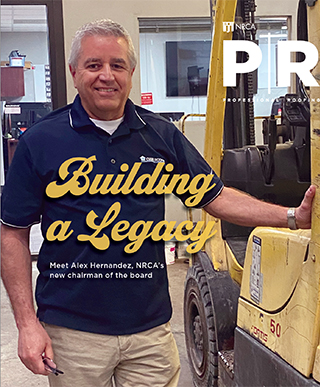
For most jobs, you probably are the GC, consultant and designer. A building owner will contact you with a problem, and it’s for you to fix according to your expertise and skill. Anecdotally, it seems most contractors like these types of jobs the most. And who wouldn’t? Nobody is second-guessing you. Nobody is disagreeing with you. Nobody is giving orders except you.
But with this power also comes a responsibility to do right by the customer in all definitions of the term whether that means pricing, products used and/or quality of work.
A vast majority of contractors I encounter take great pride in their work and want to do a good job. I don’t believe folks enter the roofing industry to dodge problems or shirk work—those people run for Congress! But even the best intentions can go off-kilter if you are not careful.
This observation came to light in a few nonroofing situations for me. A few months ago, my family was staying in a cabin in the Canadian woods. It was amazing. There was beautiful scenery and amazing wildlife, and the cabin was perfect for our family. But there was one thing I could not make sense of: There was an electric outlet in the wall above the toilet.
Now, I’m not an electrician and I’m not Canadian, but I’ve used a toilet or two in my life and could not fathom why that outlet was there. It was more than 5 feet away from the counter and sink. It wasn’t high enough to go with any shelving or low enough to be used in case someone wanted to install one of those heated greets-you-when-you-walk-in-the-bathroom toilets. It was just floating there in no man’s land unable to be used for anything without an extension cord.
But some designer, contractor, electrician (or all three!) said: “Yep, let’s put 50% of the outlets in this room right THERE.”
Another example of good intentions resulting in suboptimal outcomes popped up in Chicago. If you have not driven Chicago streets, the city has potholes that could pass as craters on the moon. They’re so deep and widespread, I was looking into getting a Jeep or truck just to not worry about clearance anymore. If I absentmindedly drive one street in our neighborhood without taking the proper slalom route, the bottom of my car scrapes the road.
So I was especially excited to see street crews in the neighborhood about a year ago. But that excitement quickly turned to comic despair. They were there to tear up old concrete and replace gutters, curbs and sidewalks at intersections.
Customers are in your care. Give them what they need and, you hope, what they want
Somewhere someone missed the holes in the street that go all the way down to dirt and decided to install new curbs. Nice gesture but not what we needed.
Your sales reps, production crews and service teams are on roofs. They see the plans and talk to the building owners and hear their problems. If your team is incorporating that input into the proposal and guidance, you are meeting the actual customer goals effectively and efficiently.
Ultimately, you need to meet customers where they are. And if a customer wants a biodegradable, wheat flax roof that is held down with tree sap and lasts two years before it disintegrates into mulch? Well, as long as the customer is informed and comfortable with the costs, life cycle and risks, you possibly install it.
Same, too, if a customer wants three roofs of 90-mil membrane that is basically bulletproof atop a warehouse of rusty trucks. You welcome doing that job.
You hold the knowledge in these transactions; customers are in your care. Give them what they need and, you hope, what they want. But above all, don’t give them new sidewalks when they are begging you for streets or an outlet that’s only good if you blow dry your hair on the toilet.
Your customers live with the decisions you make every day. They won’t forget if you get it wrong.

MCKAY DANIELS
CEO
NRCA



